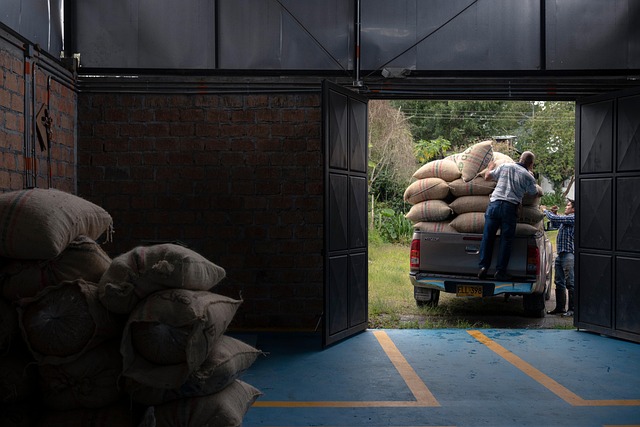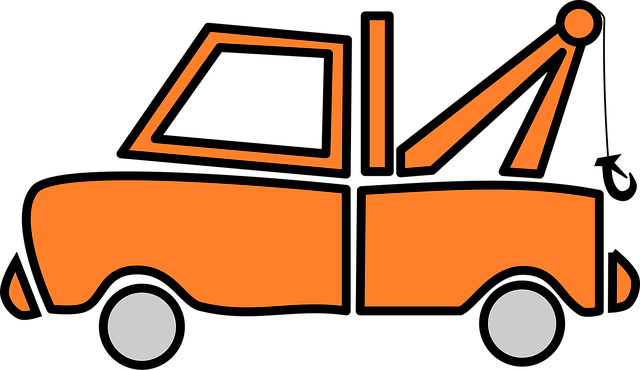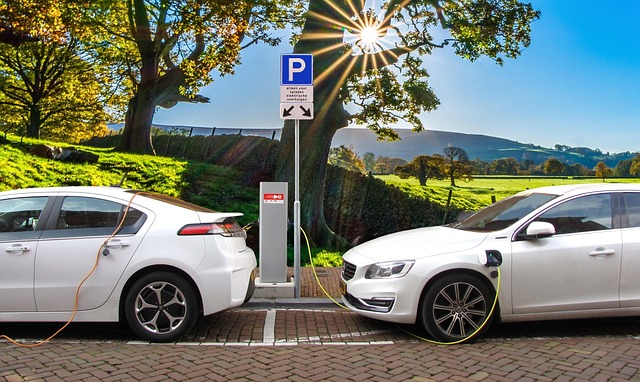Looking to register your car in California? This comprehensive guide walks you through the process, ensuring a smooth transition. From understanding the necessary requirements for car registration in California to gathering all essential documents, this article covers it all. We’ll direct you on whether to visit the DMV in person or utilize online services, emphasize the importance of verifying your Vehicle Identification Number (VIN) accuracy, and guide you through completing and submitting the registration application form. Utilize our tips and make the process hassle-free with a trusted dmv vin verifier.
- Understand Requirements for Car Registration in California
- Gather Necessary Documents for Vehicle Registration
- Visit DMV or Use Online Services for Registration
- Verify Vehicle Identification Number (VIN) Accuracy
- Complete and Submit Registration Application Form
Understand Requirements for Car Registration in California

Before registering your car in California, it’s crucial to understand the requirements set forth by the Department of Motor Vehicles (DMV). The process involves several key steps and documents to ensure compliance with state regulations. One essential component is a Vehicle Identification Number (VIN) inspection or verification, which can be conducted through a DMV-approved service or even a mobile VIN verification option for added convenience.
This inspection or verification checks the vehicle’s history, including any previous accidents or outstanding issues, using the unique 17-character VIN. In California, it’s typically done to confirm the car’s authenticity and ensure it meets safety and emission standards. Proper documentation, including proof of ownership, insurance, and identification, is also required during the registration process. Understanding these requirements beforehand streamlines the car registration experience in this highly regulated state.
Gather Necessary Documents for Vehicle Registration

Before you begin the registration process, make sure to gather all the essential documents required by the California Department of Motor Vehicles (DMV). This includes your vehicle’s title, proof of insurance, and a valid driver’s license or state ID. Additionally, the DMV recommends using a DMV-approved vin verifier to ensure the vehicle’s identity. By conducting a mobile vin verification or inspection early on, you can save time later in the registration process.
Among these documents, the Vehicle Identification Number (VIN) plays a crucial role. It’s a unique code that identifies your car and is typically found on the vehicle’s title and certificate of origin. With a reliable mobile vin verifier at hand, you can streamline this step by quickly validating the VIN online or through an app before heading to the DMV. This ensures accuracy and prevents registration issues down the line.
Visit DMV or Use Online Services for Registration

Registering a car in California is a straightforward process that can be completed at the Department of Motor Vehicles (DMV) or through their online services. For those who prefer a more traditional approach, visiting the local DMV office is the first step. Bring all necessary documents, including proof of ownership and identification, to make the process efficient.
An increasingly popular option is to utilize the DMV’s online registration system. This method offers convenience and can be done from the comfort of your home. One key component of this process is using a DMV vin verifier for accurate and secure vehicle identification number (VIN) verification. Additionally, you may opt for a mobile vin inspection or verification service to further streamline the registration process by having the necessary checks performed remotely.
Verify Vehicle Identification Number (VIN) Accuracy

Before initiating the registration process, it’s crucial to ensure your vehicle’s Vehicle Identification Number (VIN) is accurate and legitimate. This step is essential as a correct VIN is critical for identifying your car and accessing its historical data. The California Department of Motor Vehicles (DMV) recommends using reliable vin verifier tools, such as mobile options, to cross-reference the number against official databases.
A mobile vin verification service can be a convenient way to check the VIN’s validity during registration. These tools often provide instant results, allowing you to quickly identify any discrepancies or potential issues with the vehicle’s history. By ensuring the VIN is accurate, you can streamline the registration process and avoid unnecessary delays or complications later on.
Complete and Submit Registration Application Form

To begin the registration process for your vehicle in California, you’ll need to complete and submit the Registration Application Form. This essential document requires accurate and up-to-date information about your car. Start by obtaining a Vehicle Identification Number (VIN) verifier from the Department of Motor Vehicles (DMV) or using a reliable mobile VIN verifier service. The VIN is a unique code that identifies your vehicle, making it crucial for registration.
Fill out the form with details such as your personal information, vehicle specifications, and ownership history. Ensure all data is correct and complete to avoid delays. Once prepared, submit the application along with required documents and fees at your nearest DMV office or through their online portal. For convenience, many mobile VIN verification services can assist in this process by providing instant and accurate VIN reports, making registration a smoother experience.
Registering a car in California is a straightforward process, but understanding the requirements and gathering the right documents is key. By visiting the DMV or using their online services, you can ensure a smooth registration experience. Verifying your vehicle’s Identification Number (VIN) with a reliable dmv vin verifier is essential to prevent errors. Once all steps are completed, including filling out the registration application form accurately, you’ll have a registered vehicle in no time, ready to hit the California roads legally.
